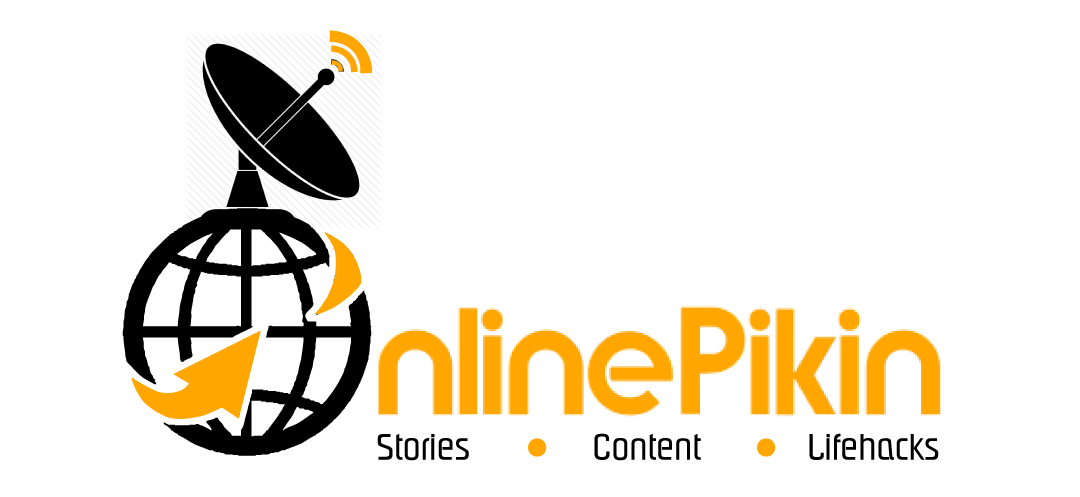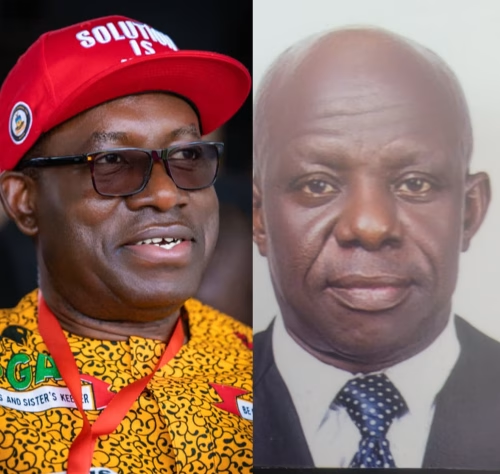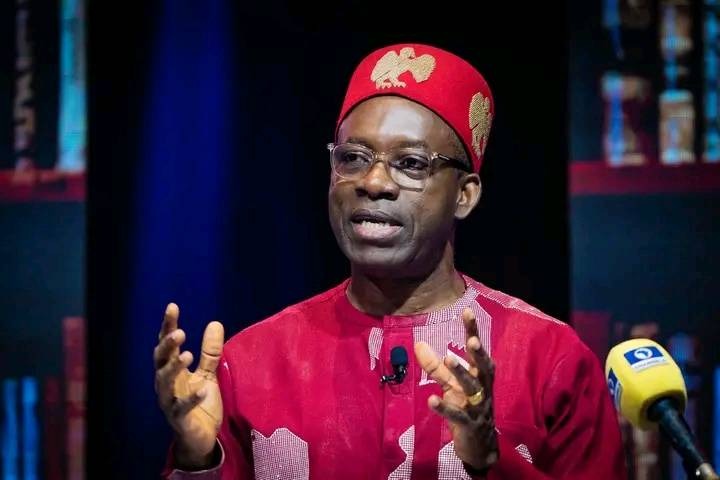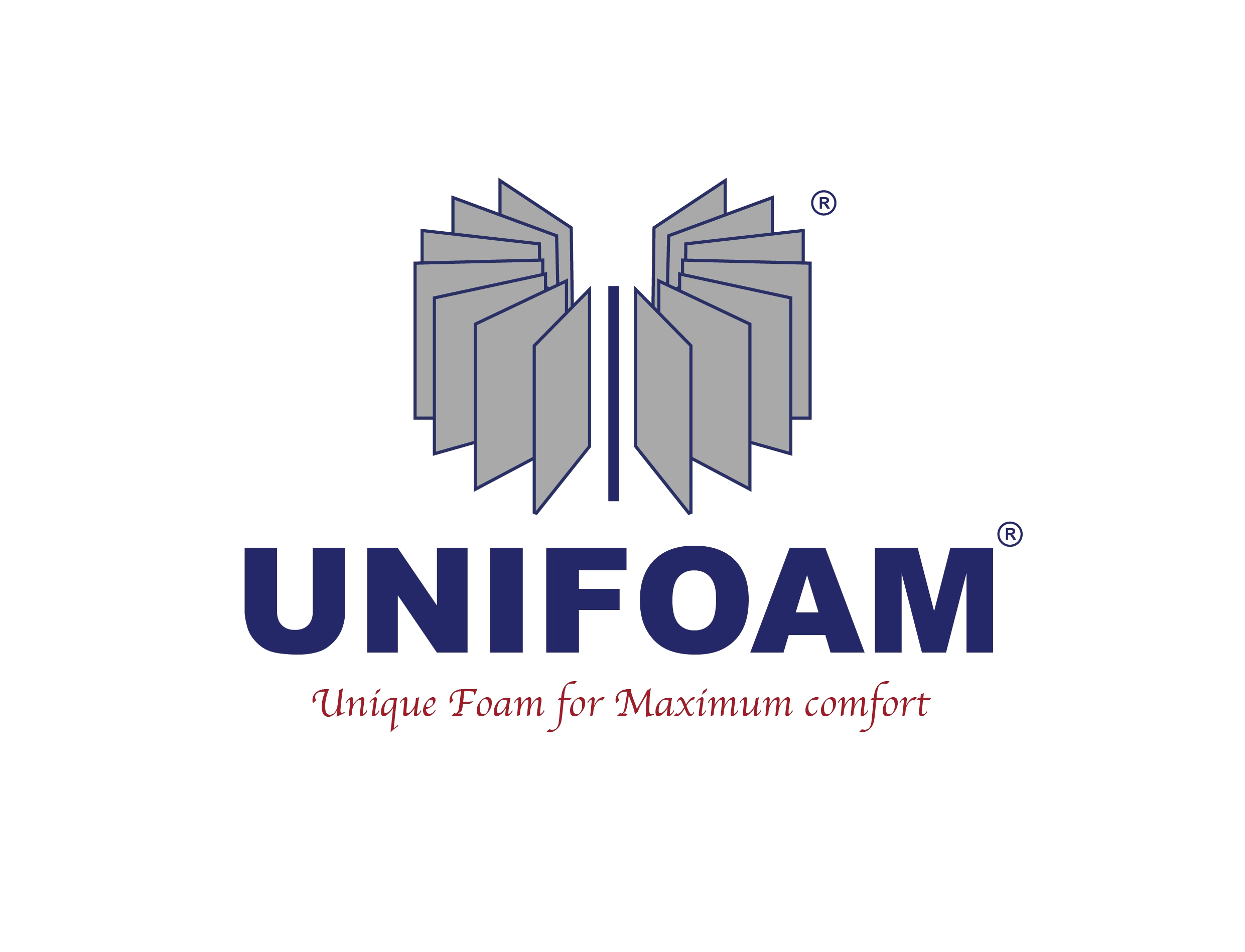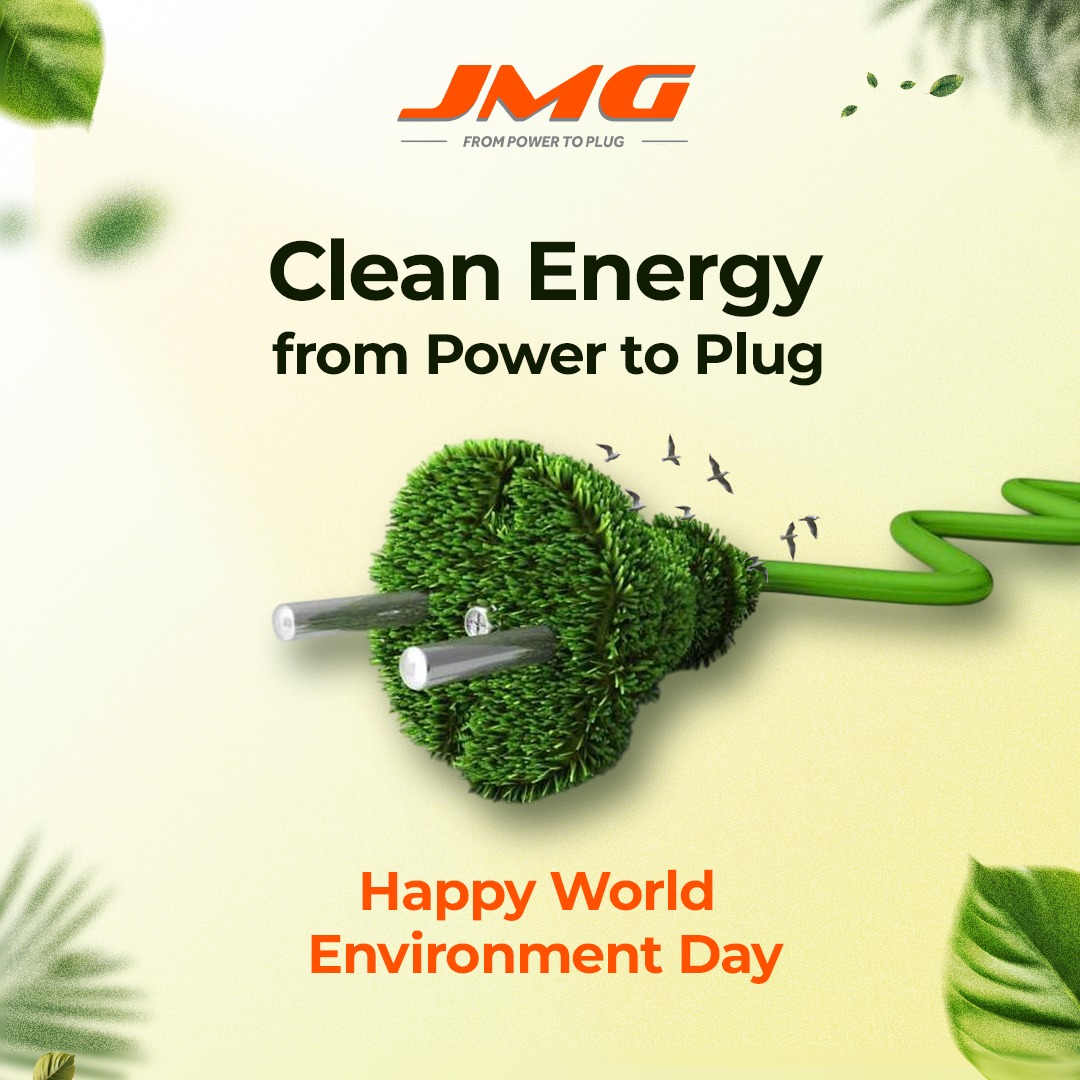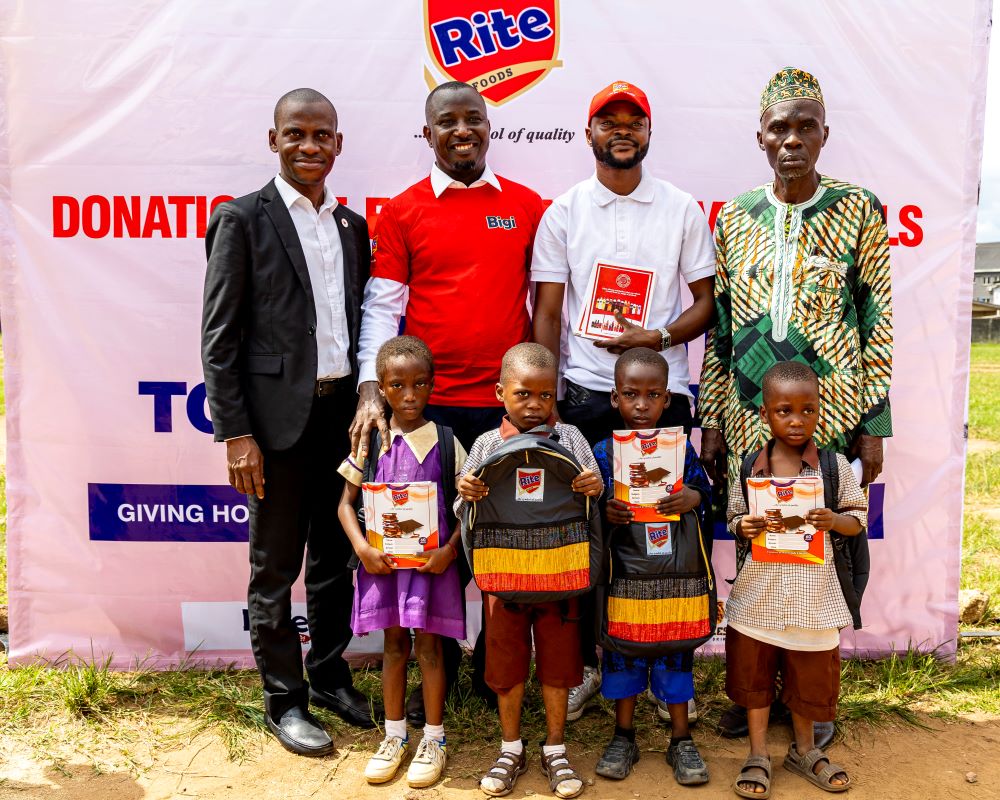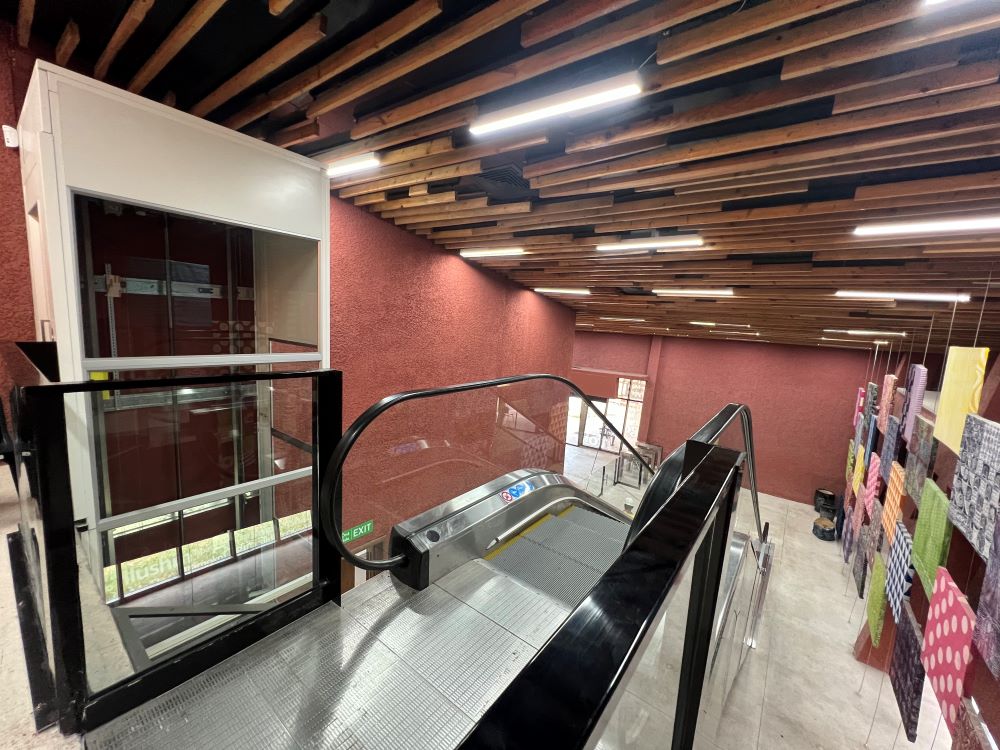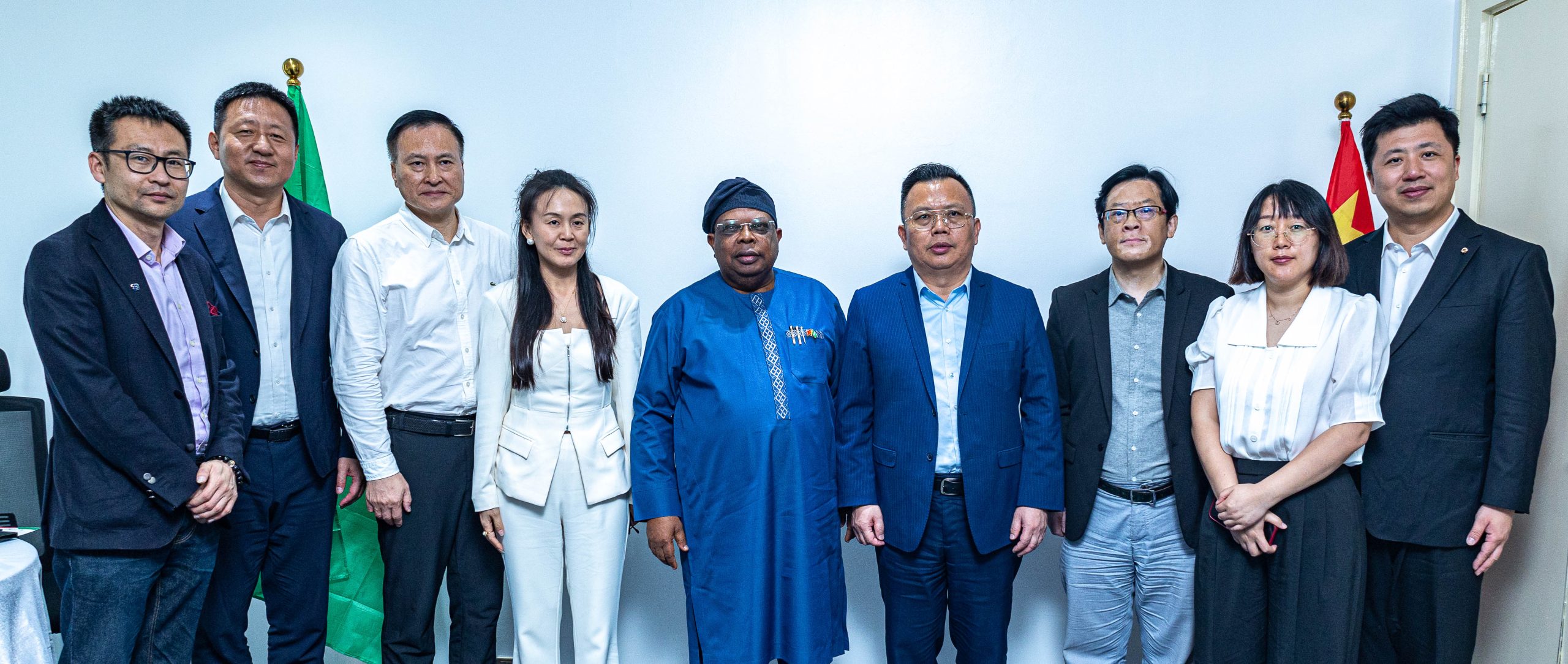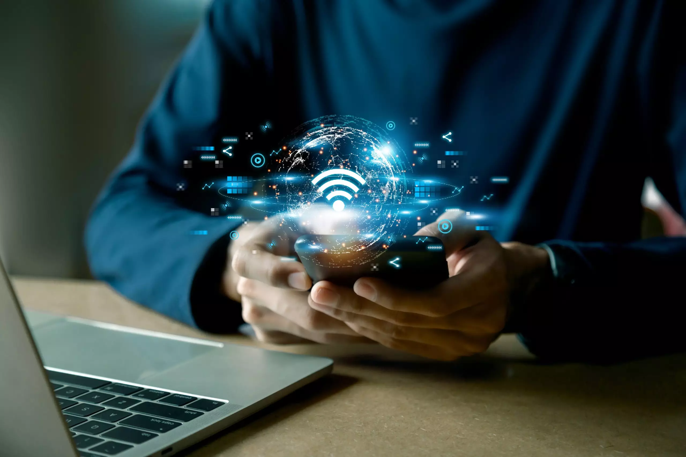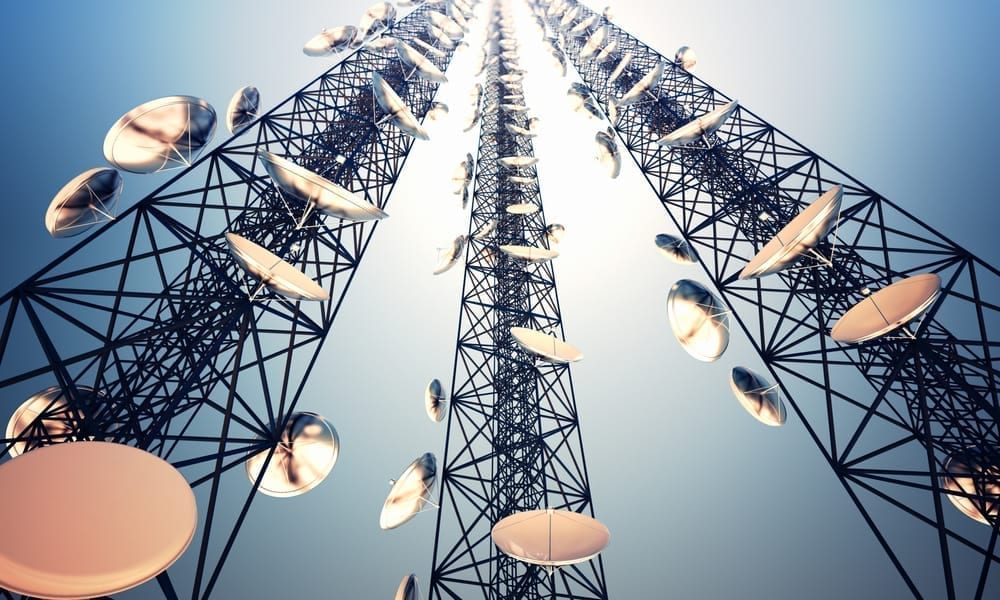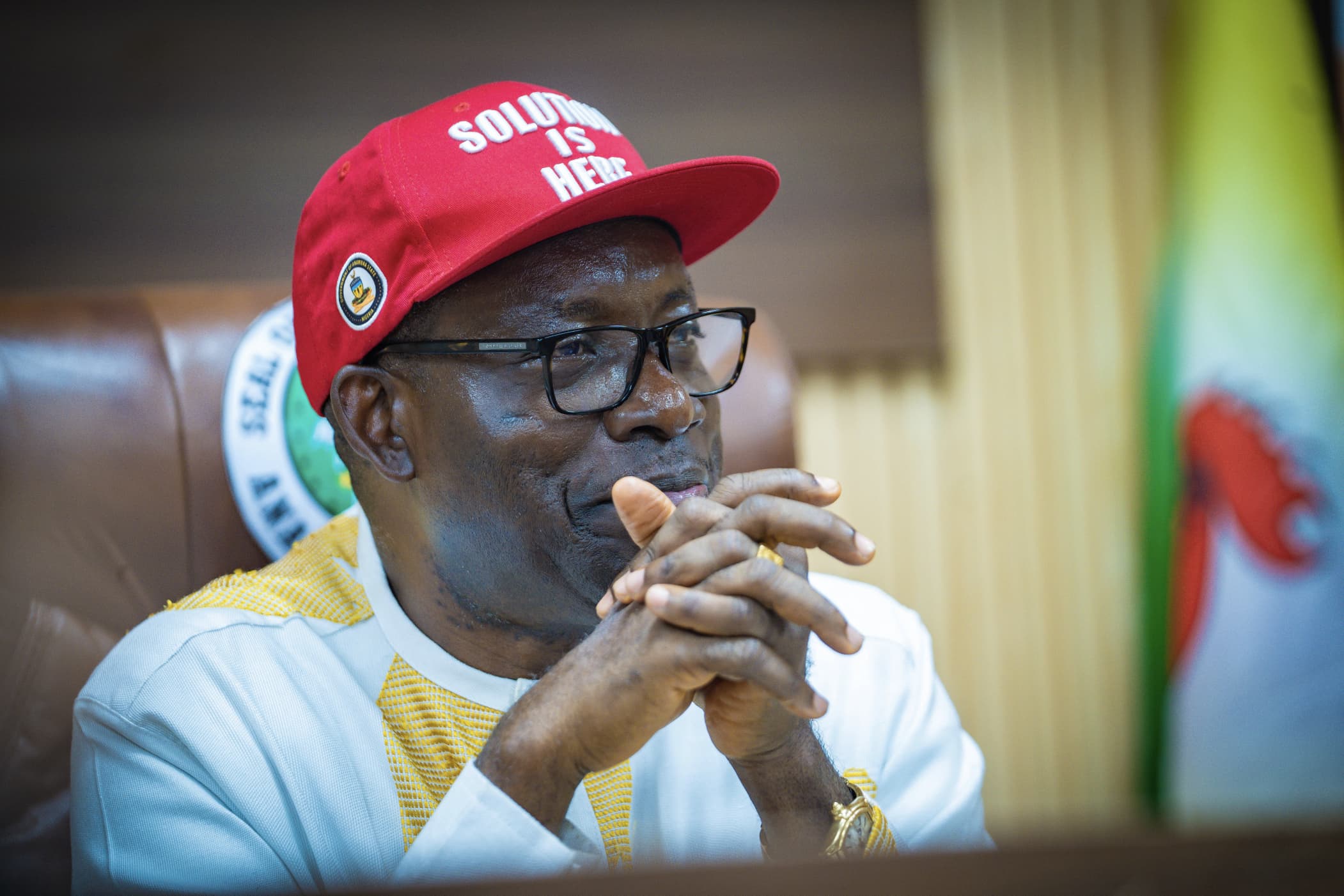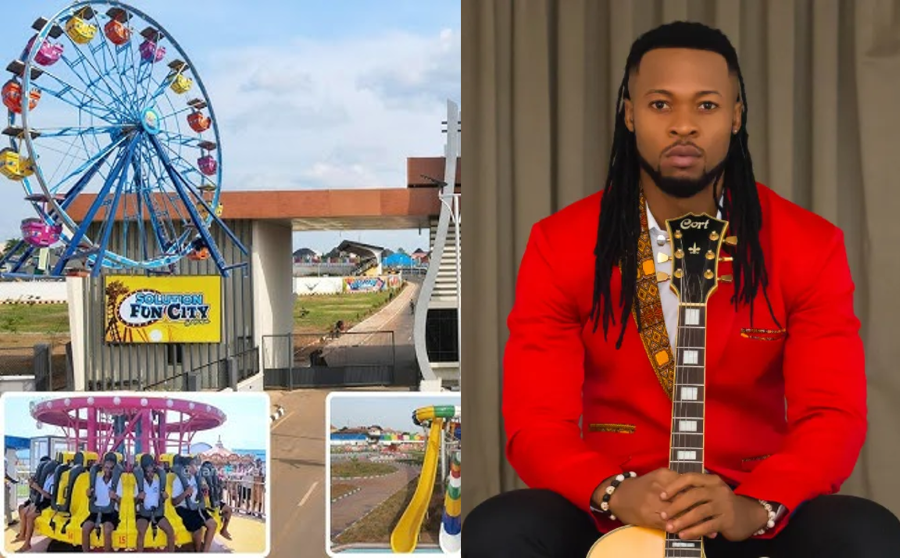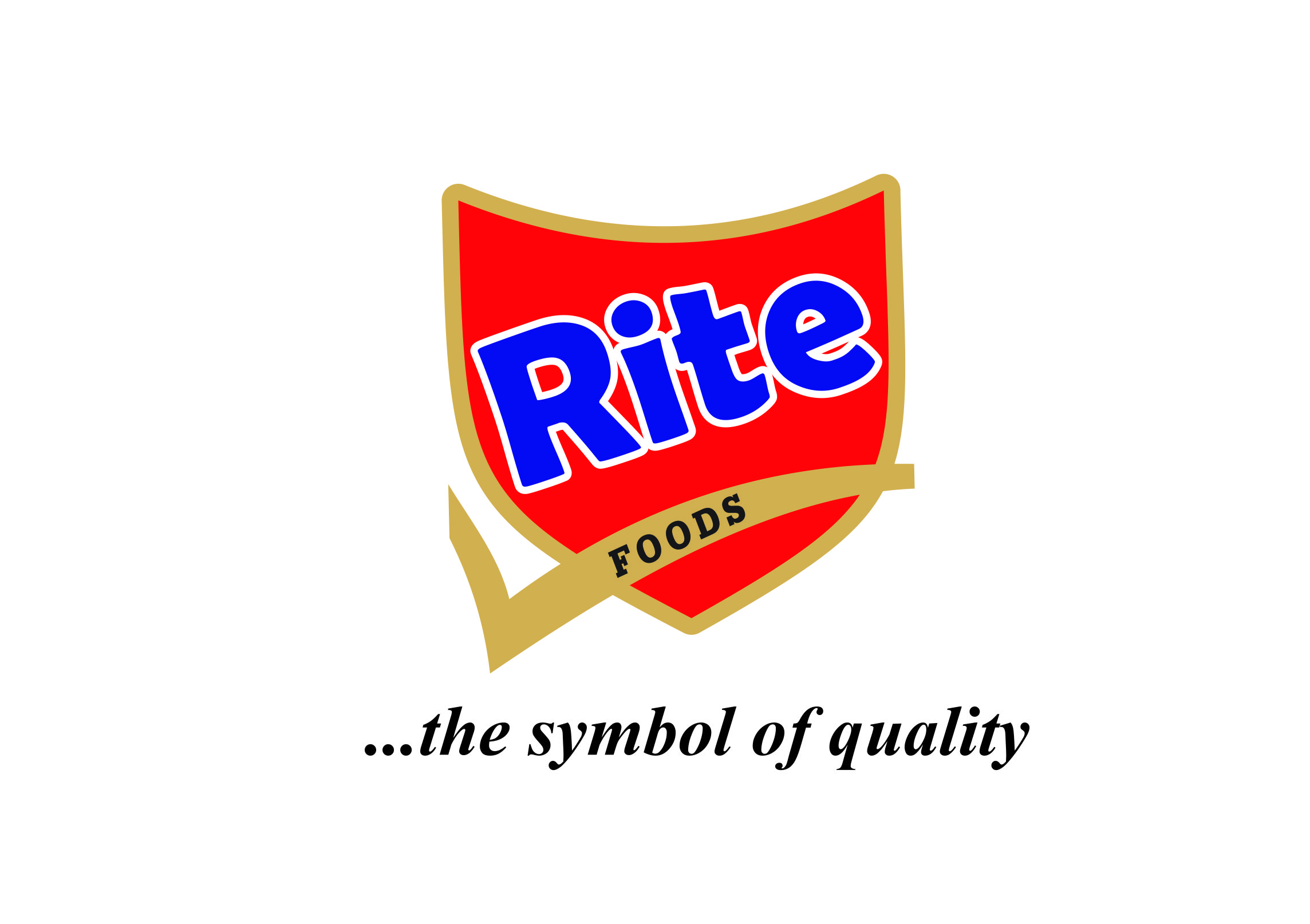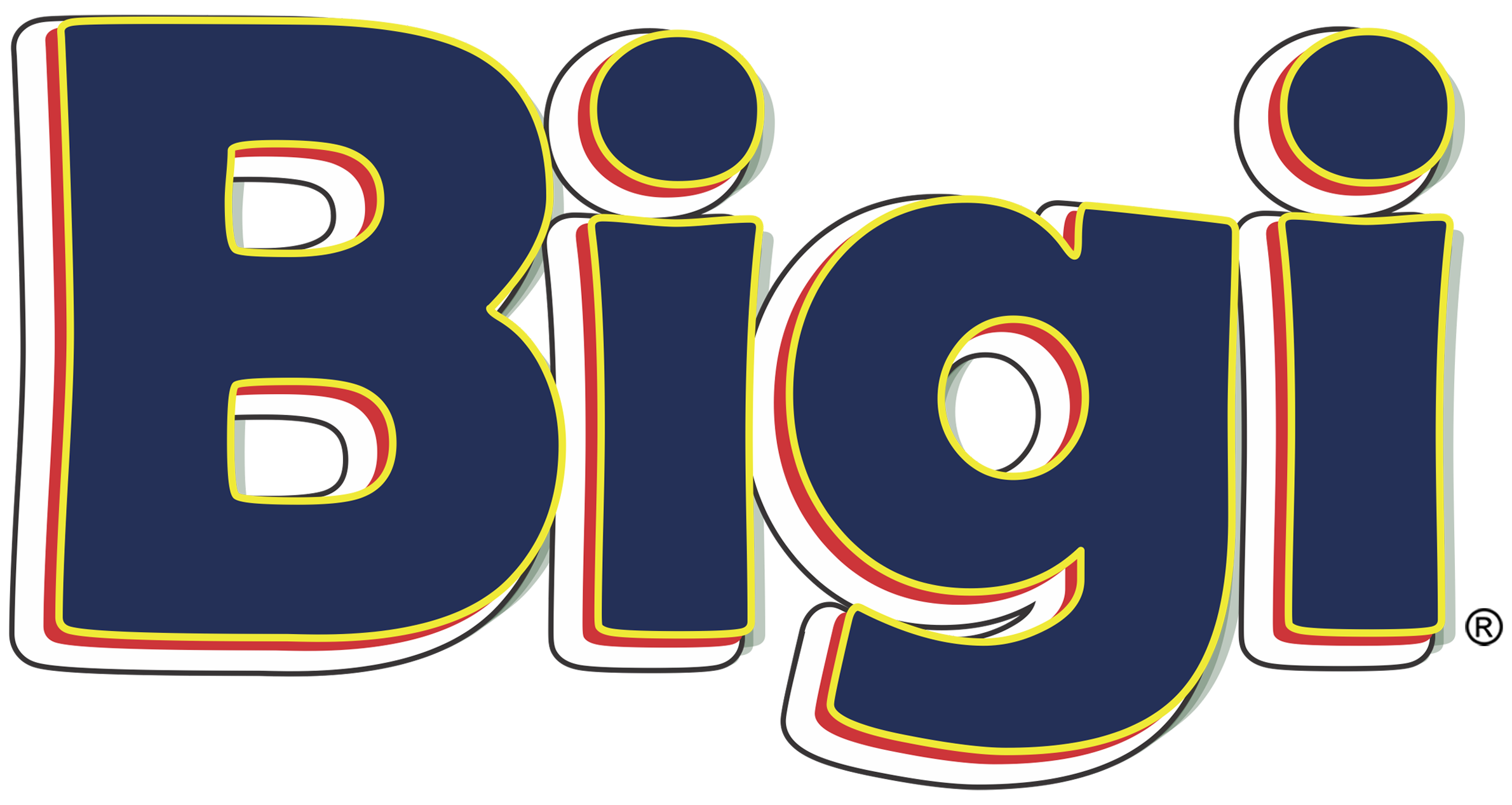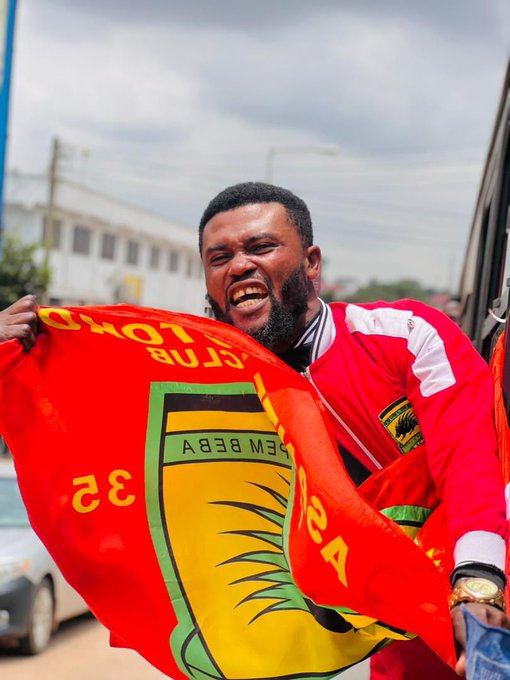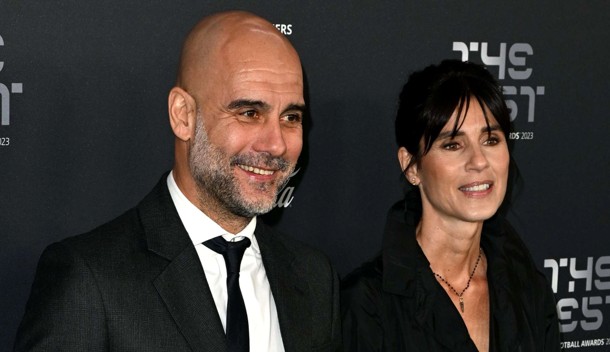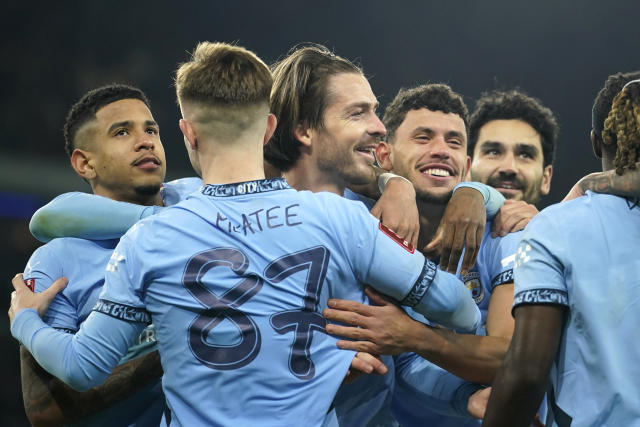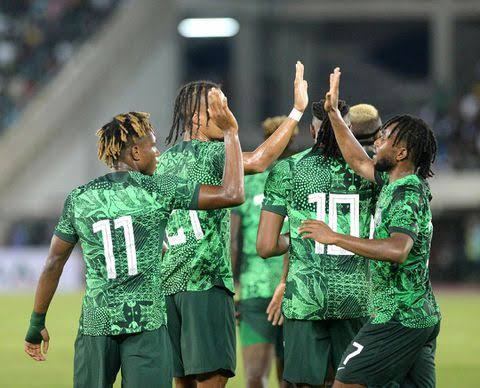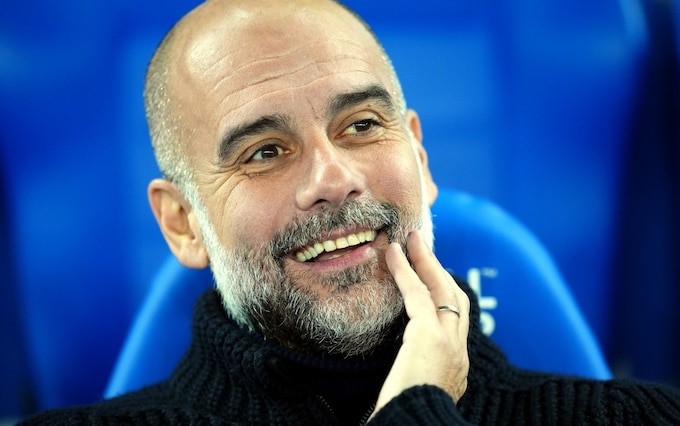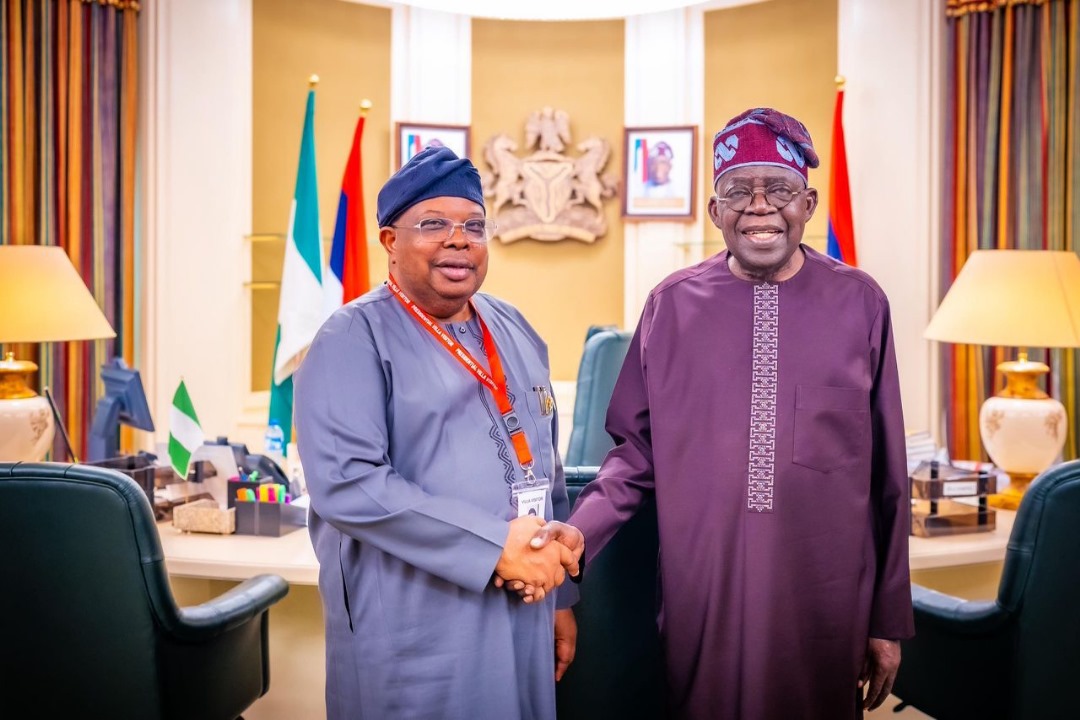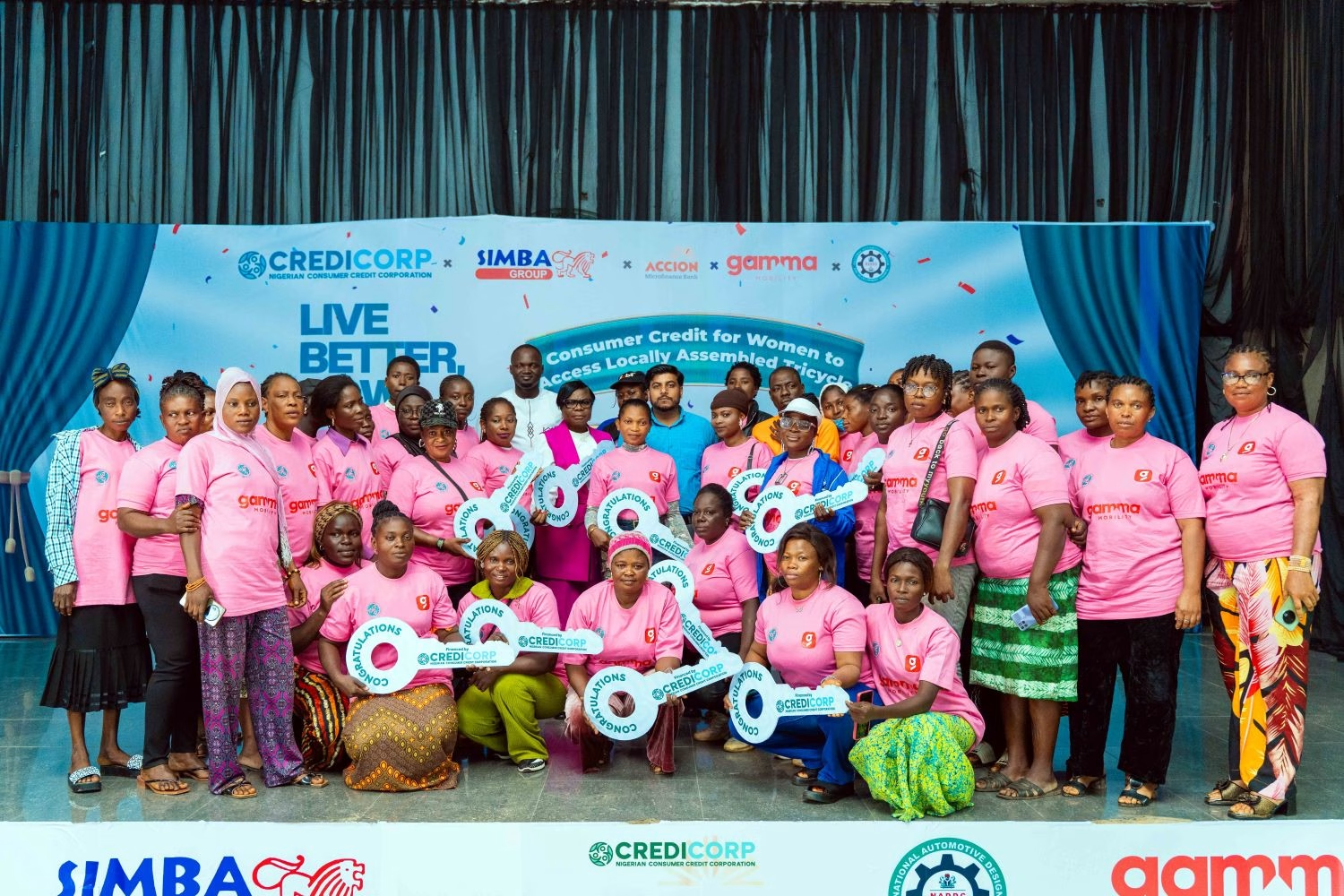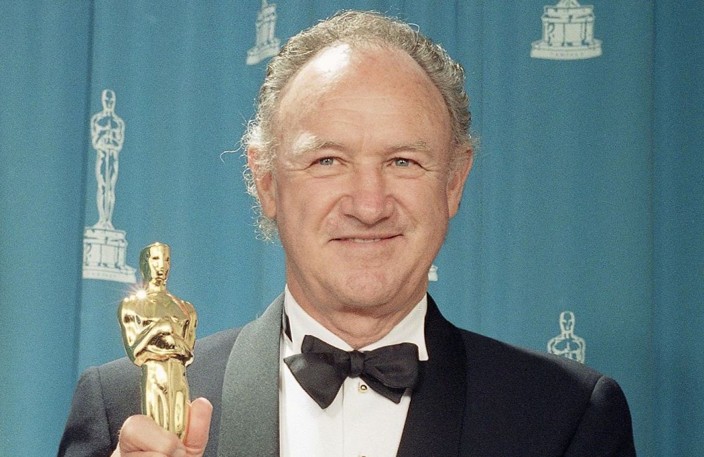Facebook has announced some exciting connectivity technologies that will enable the company to provide access to fast and affordable internet service to the next billion people as well as enhance existing infrastructure projects.
The company said that Facebook Connectivity has helped provide quality internet connectivity to over 500M people since 2013. Now, the company aims to enable affordable, high-quality connectivity for another one billion people at less cost and with greater speed by leveraging emerging technologies.
Commenting on the new connectivity technologies during the unveiling, Dan Rabinovitsj, VP of Facebook Connectivity said: “ We have seen that economies flourish when there is widely accessible internet for individuals and businesses.”
“Today we’re sharing the latest developments on some of these connectivity technologies, which aim to deliver major improvements in internet capacity across the world by sea, land, and air”, he added.
The newly unveiled tools include a robot called Bombyx. It can rapidly install fibre-optic cables over medium tension power cables in a fraction of the time it usually takes to install underground fibre cables.
There is also the Terragraph, a wireless tech that can deliver fibre-like wireless networking in the “last mile” in areas that are harder to reach with overhead or underground cables.
The last is a new segment of subsea cables called 2Africa Pearls, the world’s longest subsea cable system that has the potential to connect broadband connectivity across Africa, Europe, and Asia.
Here is a bit of detail about each of the new technologies:
2Africa Pearls: Investment in improving subsea fibre
This new investment provides 200 times more capacity than the transatlantic cables of the 2000s and builds on Facebook’s recent news about 2Africa Pearls. It builds on other recent subsea expansions by Facebook and its partners, including 2Africa.
To buoy its capacity, the Facebook team is using sea power stations to deliver power to the repeaters from the middle of the ocean. The stations are powered by a combination of wave energy converters and solar panels.

2Africa is expected to be the largest subsea cable project in the world. It will deliver faster, more reliable internet service to each country where it lands, with a capacity to provide connectivity for up to 3 billion people. It is expected to have a length of about 150,000 kilometres of subsea cable.
It is being built in partnership with a consortium which is comprised of China Mobile International, Facebook, MTN GlobalConnect, Orange, STC, Telecom Egypt, Vodafone and WIOCC.
According to the Facebook connectivity team, since launching the 2Africa cable in May 2020, the 2Africa consortium has made considerable progress in planning and preparing for the deployment of the cable. It is expected to go live in late 2023.
Bombyx: Using robotics for faster fibre deployment
Facebook also developed a robot called Bombyx that moves along power lines, wrapping them with fibre cable. This, they say will enable providers to roll out fibre-optic internet to communities at a fraction of the cost and a slash the time of delivery.
Bombyx is a robot that can climb medium voltage power lines that already exist in most target communities and cities and install fibre onto them by wrapping them with fibre cables.

According to the Facebook team, Bombyx will make the single biggest drop in the cost of terrestrial fibre deployment by combining innovations in the fields of robotics and fibre-optic cable design to increase the amount of terrestrial fibre on land without the expense of trenching to lay fibre underground.
Karthik Yogeeswaran from the Facebook engineering team shared the team’s enthusiasm that Bombyx can help them enter almost any territory:
“In most of the world, medium-voltage power lines pass down almost every street. If we could find a way to add fibre to those power lines, we would have a solution that could be applied globally.”
Bombyx was inspired by helical fibre-optic wrapping techniques pioneered in the 1980s. But those methods interrupted power supply to customers in installation areas. Hence, Facebook made a number of improvements to the technology to make the process seamless.
The team was excited to announce that Bombyx is lighter, faster, and more agile than its first-generation design. The designer also made sure that Bombyx is shifted from operating semi-autonomously to fully autonomously.
Hence, it reduces the need for human interference and cost. It will also use machine vision sensors to better navigate obstacles.
Yogeeswaran noted that since starting work on Bombyx, Facebook has shed 4.5 kilograms from the weight of the robot, compressed the time it takes for Bombyx to cross a power line from 17 minutes to under 4 minutes and improved the stabilization mechanism to ensure that the robot stays upright on the power line.
Facebook also used Kevlar braiding to make the cable strong (while remaining small and flexible). Next, it addressed the size and weight challenge by reducing the internal fibre count from 96 to 24. Thanks to newer technologies, a single fibre can serve up to 1,000 homes.
Terragraph: Providing connectivity through the air
Facebook has also designed a wireless solution that beams fibre-like connectivity through the air. According to the team, this new tool has already brought high-speed internet to more than 6,500 homes in Anchorage, Alaska. It will also be used for deployment in Perth, Australia, one of the most isolated capital cities in the world.
Terragraph uses transmitters on street fixtures and rooftops to create a distributed network for high-speed reliable connectivity in homes and businesses. It is faster to deploy than trenched fibre because it builds on existing points of presence and extends the capacity wirelessly through nodes mounted on existing street fixtures such as lamp posts and traffic lights.

I am not sure how closely it functions when compared with Google’s Taara wireless optical communication system. But, Facebook’s Yael Maguire noted that the device is capable of connecting through different directions.
According to the Facebook team, Terragraph is capable of creating a resilient mesh that can reroute the signal if necessary so that capacity will not be cut to homes and businesses in case of an obstruction, such as a building scaffold.

Facebook is licensing Terragraph for free to original equipment manufacturers (OEMs) for now. The company said that these partners have shipped more than 30,000 Terragraph units to more than 100 service providers and system integrators around the world to date.
Much more
Facebook believes that this is just one of many other next steps towards its goal of providing an efficient and affordable internet for all. The company said:
“We’re proud to reach our milestone of bringing high-speed reliable internet to more than 300M people — but the work doesn’t stop there. Connecting the next billion will require many different approaches. And as people look for more immersive experiences in new virtual spaces like the metaverse, we need to increase access to more reliable and affordable internet for everyone.”
